Harry Hill
Content Writer (I’m Harry, the CTO of OperaVPS and a Senior Linux System Administrator with a strong background in systems engineering, DevOps, and cloud infrastructure. Since 2020, I’ve been sharing advanced insights on topics like virtualization technologies, Linux performance tuning, and secure server deployment. My focus is on delivering in-depth content for developers and professionals who want scalable, reliable, and efficient solutions.
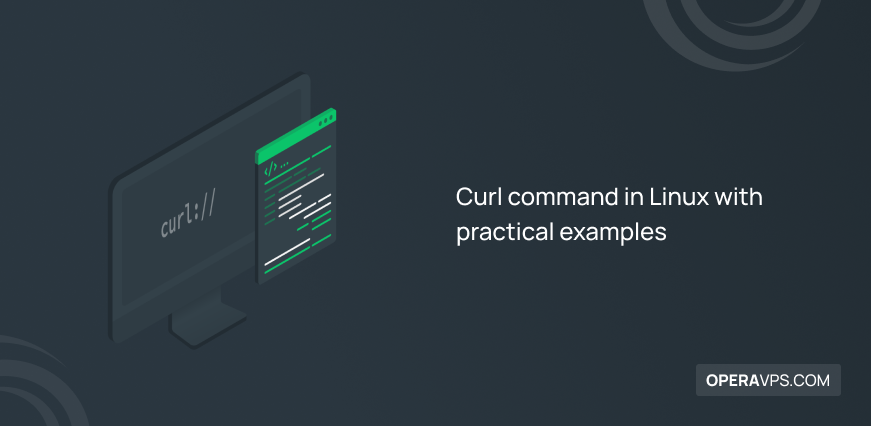
Master the Curl Command in Linux with 15 Examples
The curl command in Linux is a tool for transferring data using various protocols. It allows users to download, upload, and manage files efficiently through simple command-line instructions. 🤖AI Overview: The curl command in Linux is used for transferring data across a network using various protocols such as HTTP and FTP. It enables users to […]

Install Nagios Core and Plugins on Linux: The Definitive Guide
As a CTO and Senior Linux System Administrator, I understand how vital a robust, scalable monitoring solution is for modern infrastructure. Nagios, ranked among the Top 10 Network Monitoring tools in 2023, delivers advanced visibility through its flexible plugin ecosystem. This guide offers a clear, best-practice approach to installing and configuring Nagios on CentOS, Rocky […]
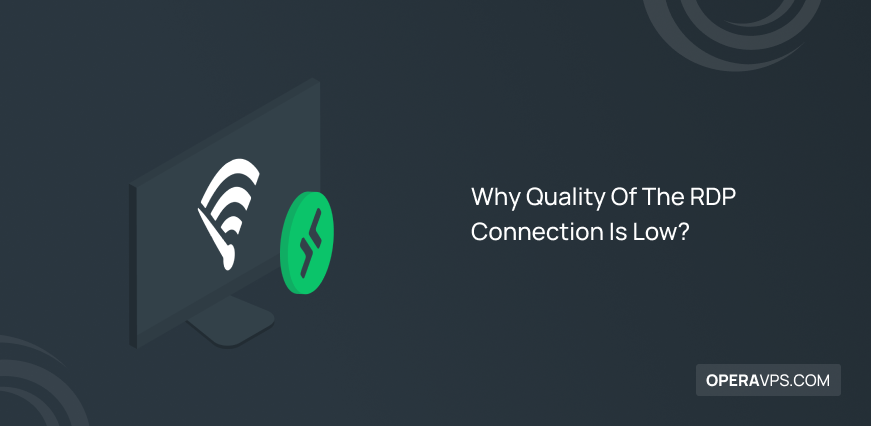
Why Quality Of The RDP Connection Is Low?
Today, RDP usage has increased a lot, and some of us use it for several hours a day, so if the quality of the RDP connection is low, we will not enjoy using it, and sometimes we may not be able to use it totally. And if we use a tool repeatedly, the quality of […]
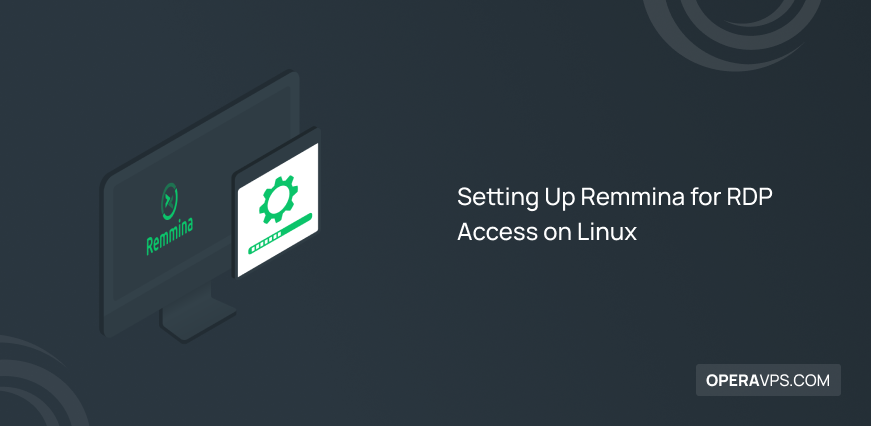
Setting Up Remmina for RDP Access on Linux
Remmina is a free, open-source software for connecting to a remote server (Remote Desktop). You can use this software to connect to Windows VPS via Ubuntu Linux operating system. This software is a replacement for the remote desktop connection of Windows systems and supports various protocols. RDP, which stands for Remote Desktop Protocol, is a […]

Install Linux Bash In Windows
After releasing the creator update in Windows, Microsoft added a feature that allows users to install Linux Bash in Windows 10. After installing the Linux Bash or Linux terminal in Windows, Windows users will be able to execute Linux commands and use them in Windows.
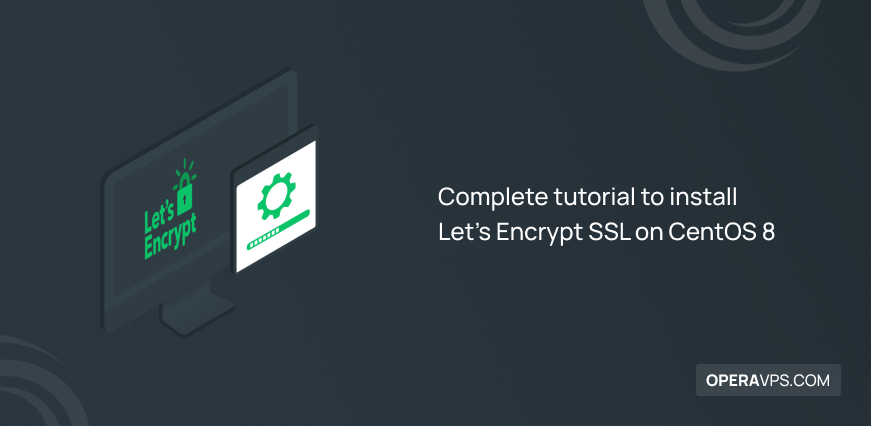
Complete tutorial to install Let’s Encrypt SSL on CentOS 8
Securing a website using Certbot is one of the key factors you need to your website can survive. Using HTTPS via Security Certificate (SSL Certificate) to secure the traffic sent from web browsers to web servers is essential. As a result, users will be completely secure in communicating with your website in order to exchange […]

How To Install WordPress On Ubuntu VPS
WordPress is the most popular content management system (CMS) on the Internet. WordPress allows you to set up flexible blogs and websites in the MySQL database by processing PHP. WordPress has an incredible selection and is a great option to increase site traffic and speed. In this article, we will teach you how to install […]
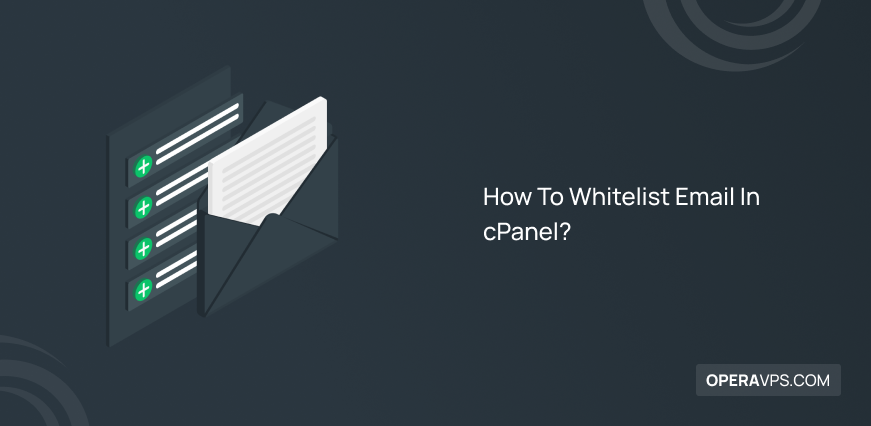
How To Whitelist Email In cPanel?
Are you having trouble receiving email in cPanel? This was a problem that came up for me and I decided to write an article to solve this simple problem. Email, as the world’s largest and most important communication medium, plays an important role in our daily communications, especially for individuals and companies operating in the […]

How to Install bpftool Command in Linux
The bpftool command is an essential tool for managing and inspecting eBPF programs and maps on Linux. Install bpftool command in Linux is essential for users to perform advanced kernel-level diagnostics, and provide valuable insights into system performance and network tracing. To Install bpftool Command in Linux: Ubuntu and Debian-based distros: sudo apt install bpftool […]

How to Check CPU Architecture Command Linux?
Knowing how to check CPU architecture command Linux is key to software compatibility, performance, and future upgrades. Quickly identifying 32-bit (i686) or 64-bit (x86_64) support helps you choose the right software and stay aligned with modern standards. Discover the top Linux commands to check CPU architecture, summarized in the comparison table below for quick reference. […]
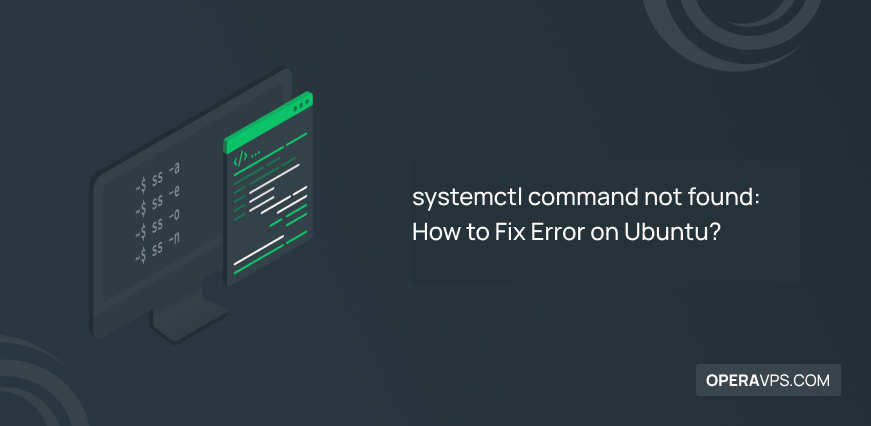
systemctl command not found
The “systemctl command not found” error occurs when Ubuntu can’t recognize or locate the systemctl command, essential for managing services and processes in Linux systems using systemd. This can hinder system administration and troubleshooting tasks. Common Causes of systemctl Command Not Found Ubuntu: Your system may not use systemd (common in older or minimal Ubuntu […]

How to Use top Command in Linux + 20 Examples
As a Linux administrator, you would use monitoring tools to do your system administrative jobs perfectly. The top command in Linux enables you to have a real-time view of the processes running and system performance on your system. Running the top command displays a summary system such as CPU, memory, system load averages, a list […]
